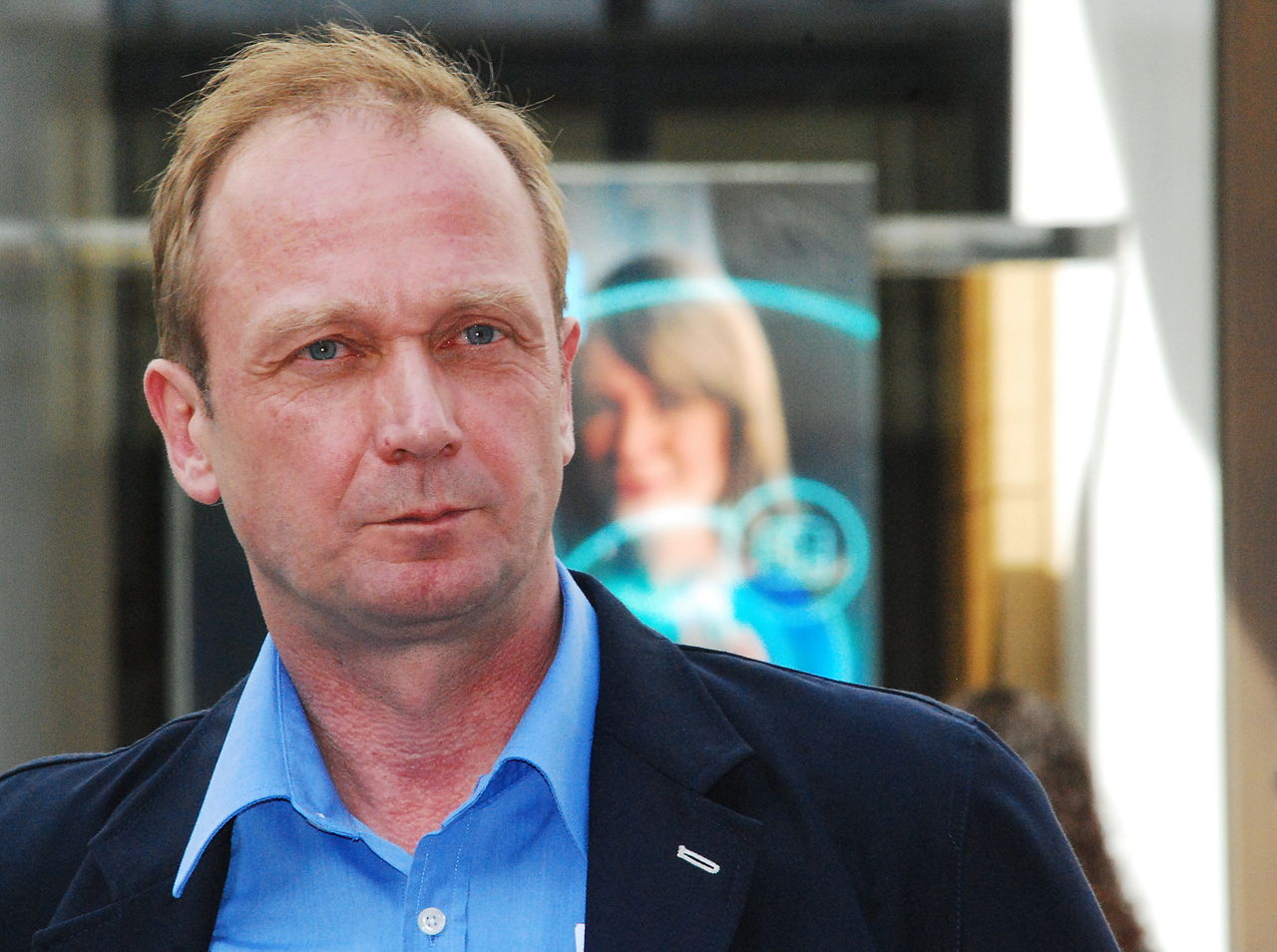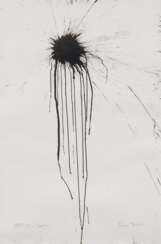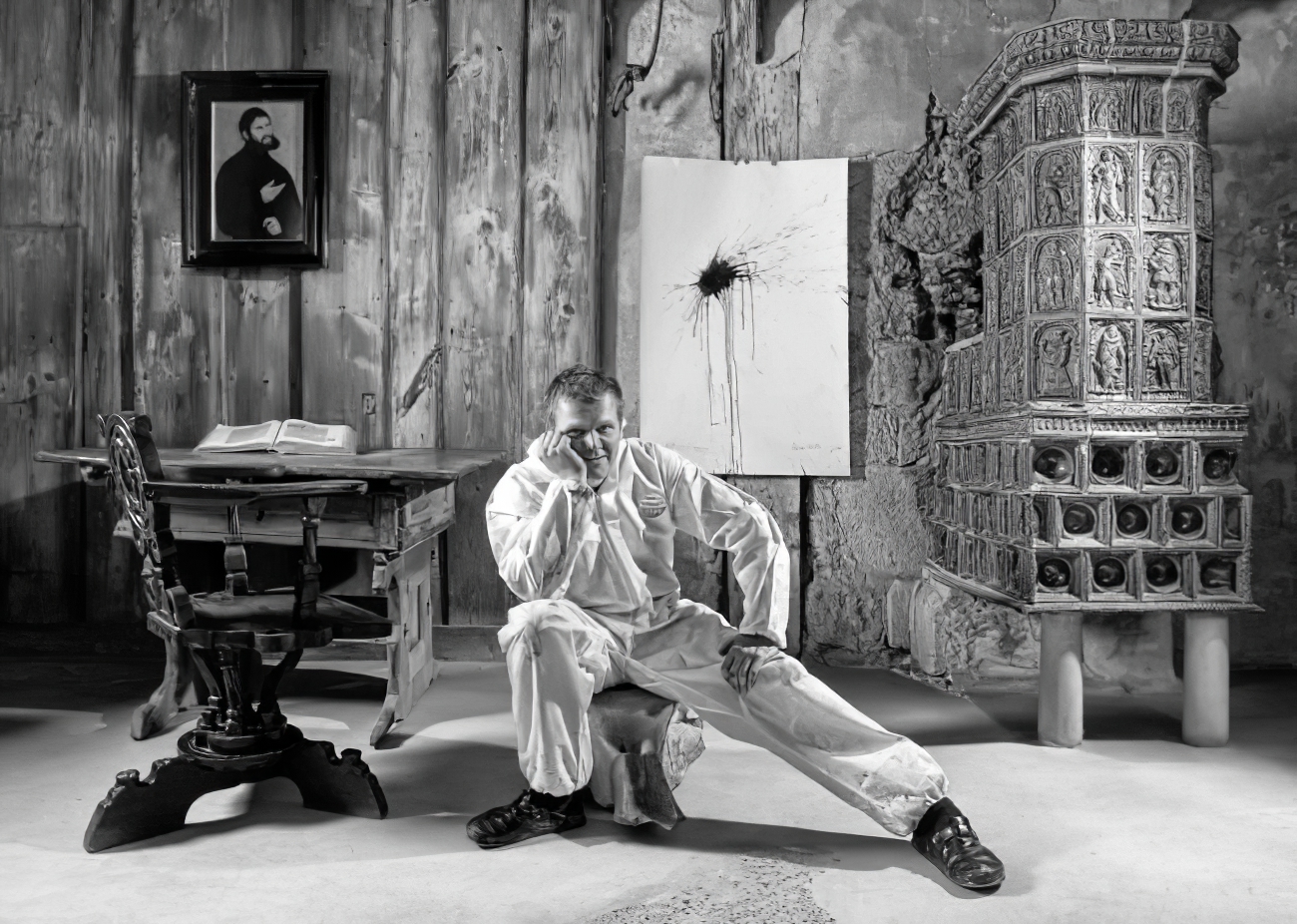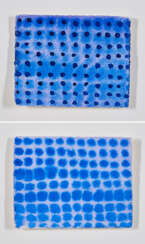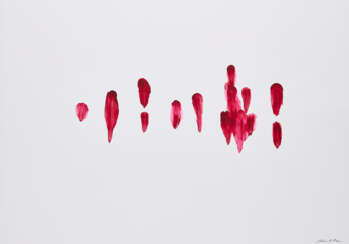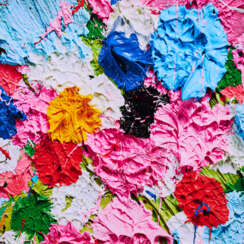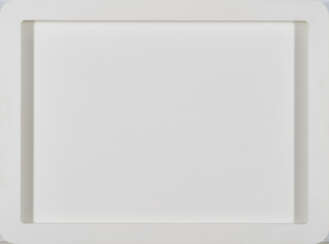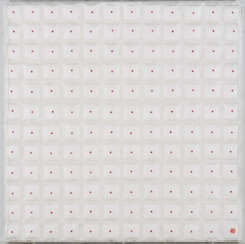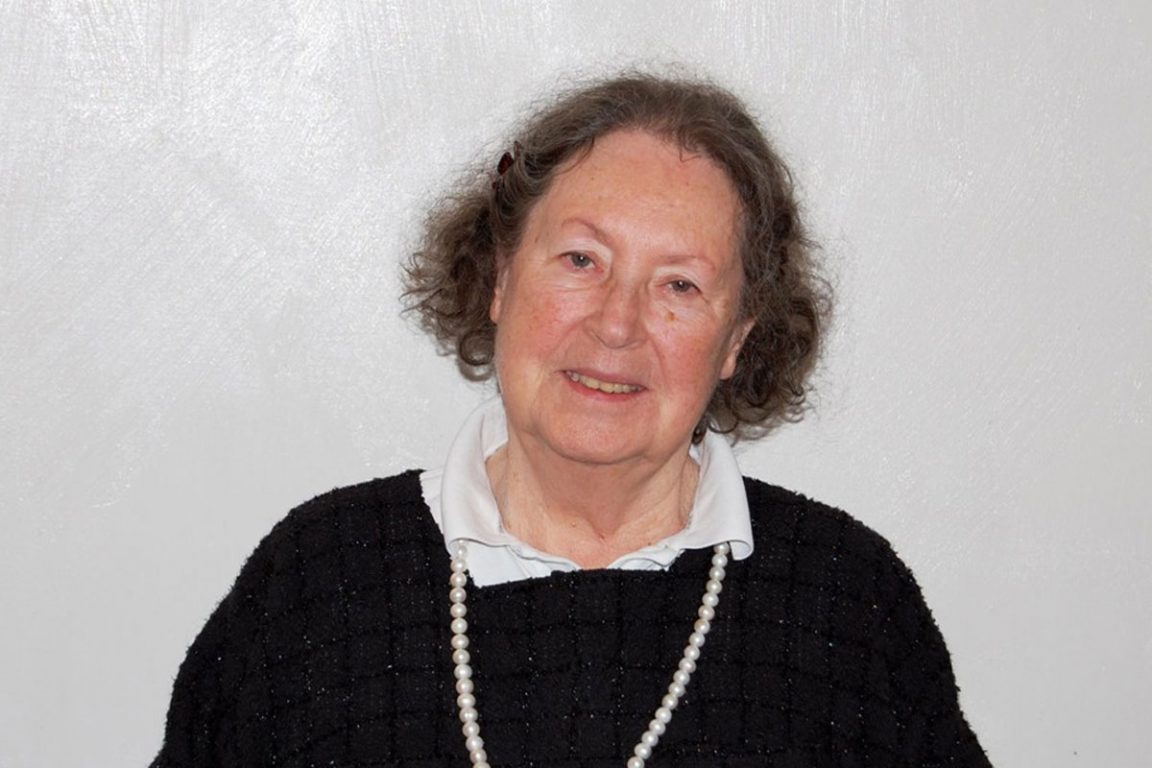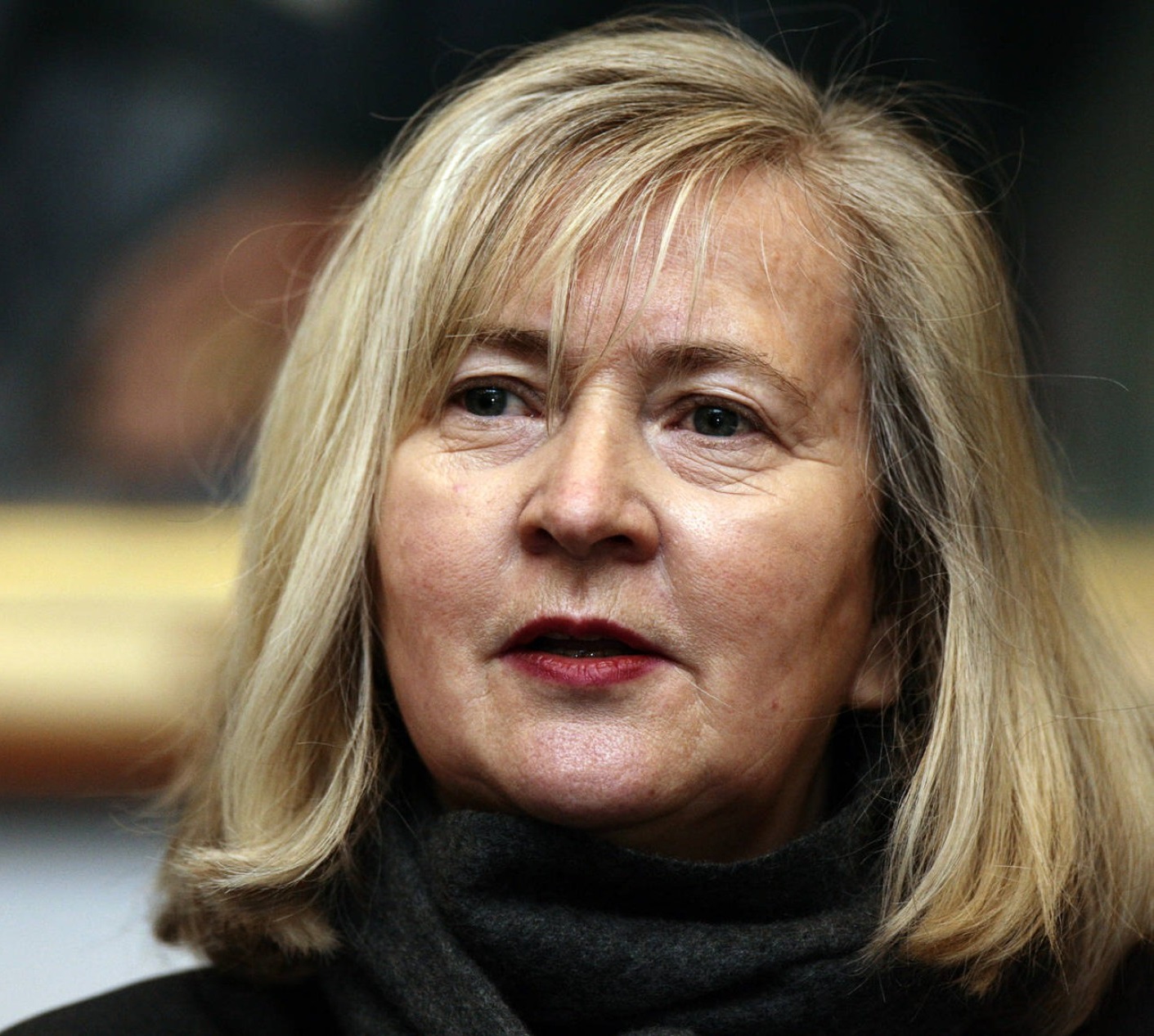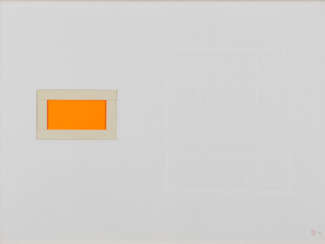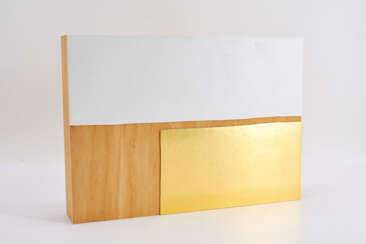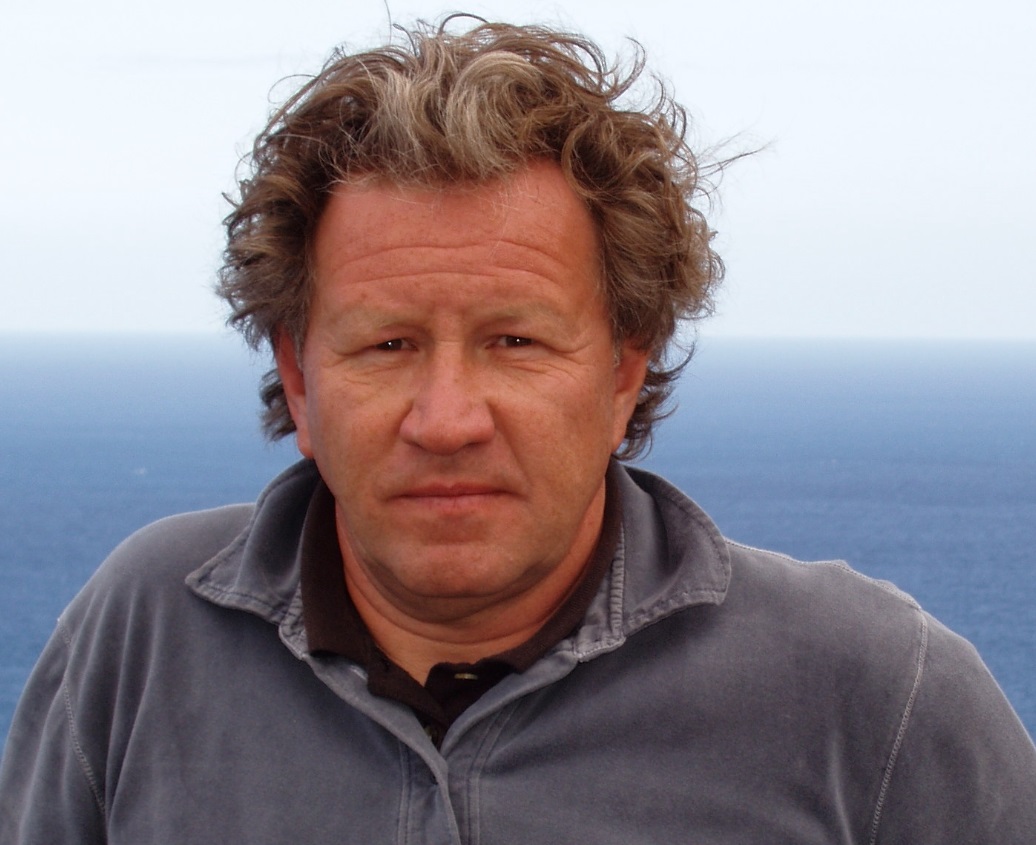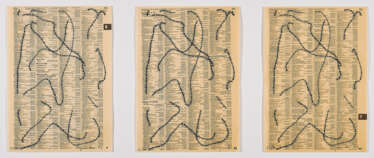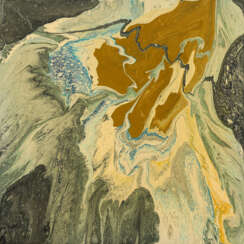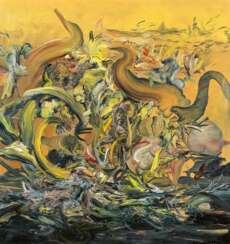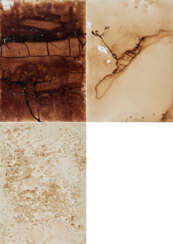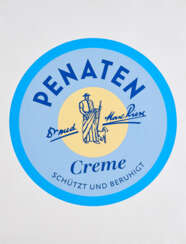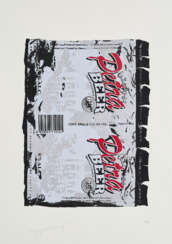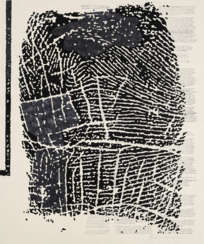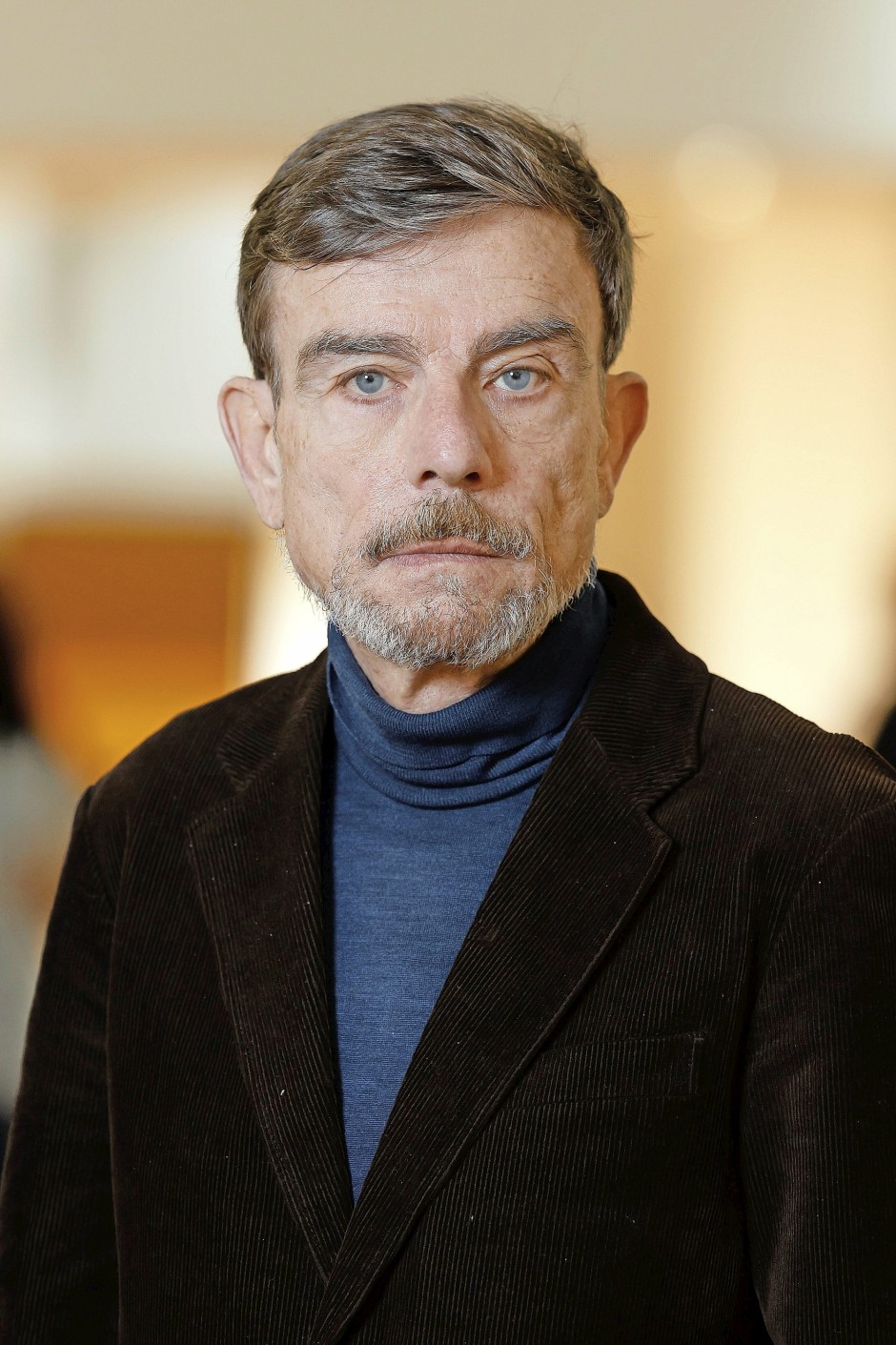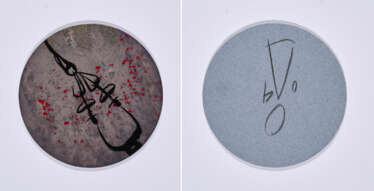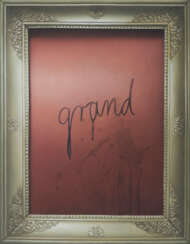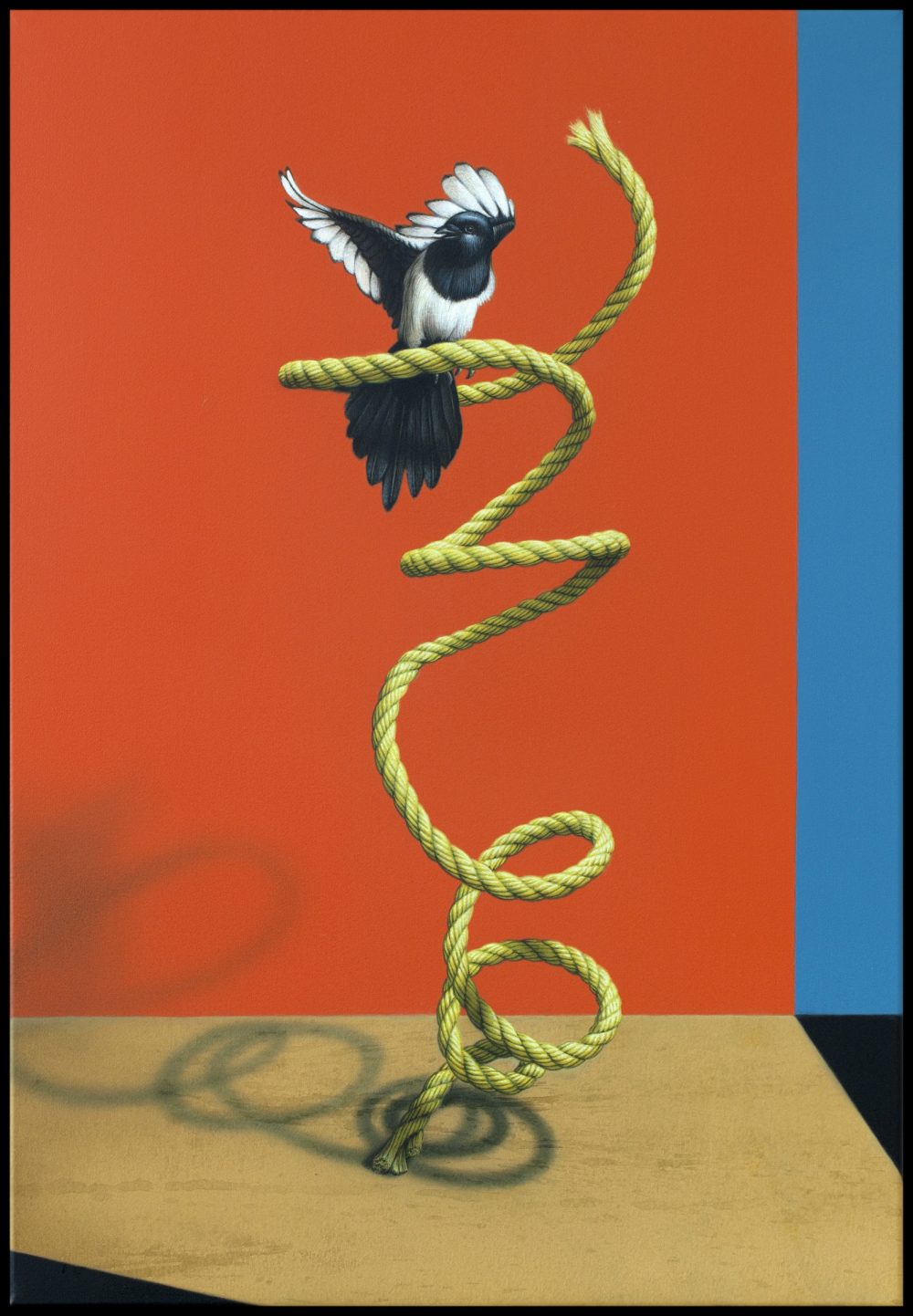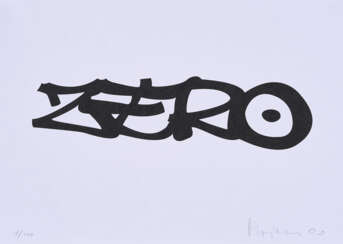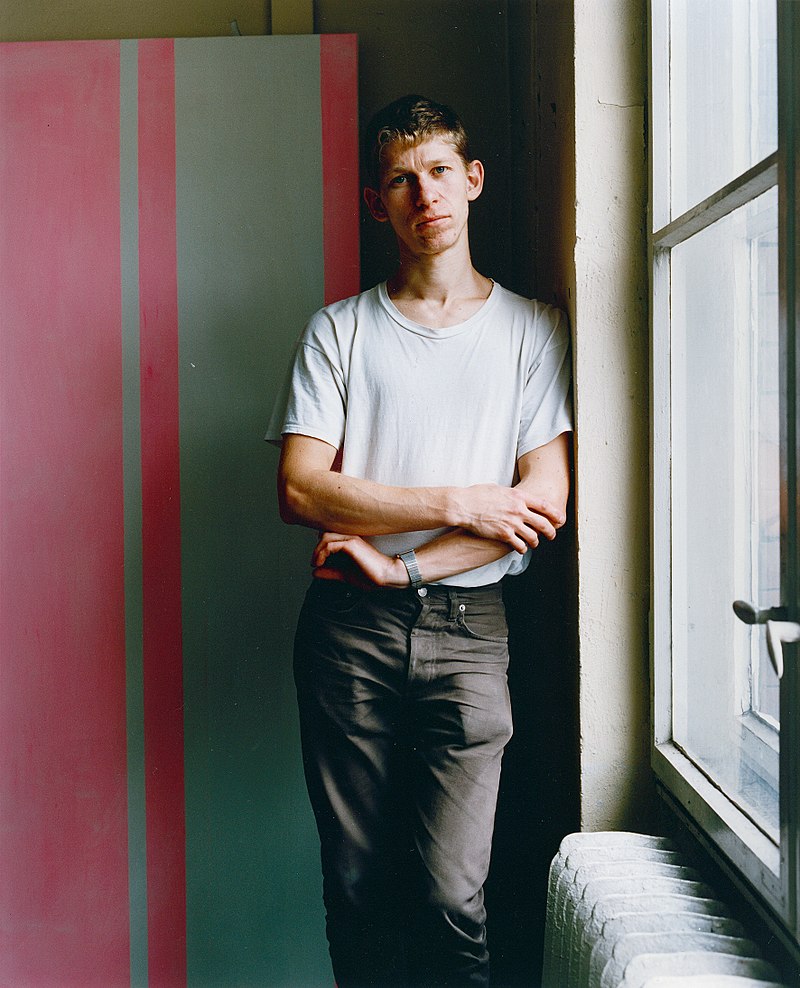
A1119: Contemporary Curated
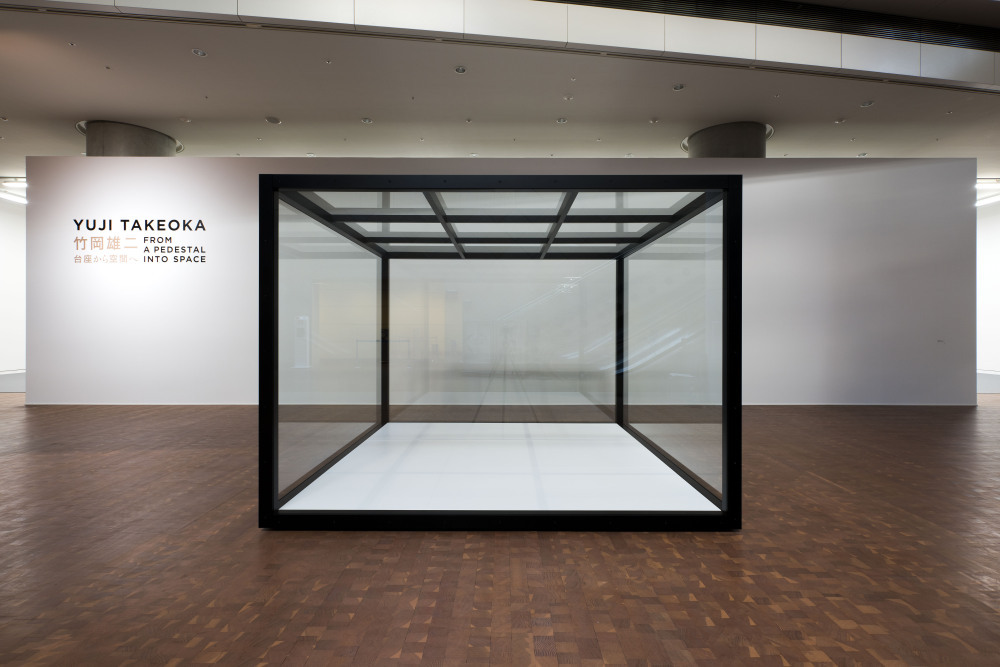
Yuji Takeoka is a Japanese and German sculptor who lives and works in Düsseldorf.
He studied sculpture at Kyoto University of the Arts and at the Academy of Fine Arts Düsseldorf. Known for his "pedestal sculptures," Yuji Takeoka creates elaborate sculptures that emphasize the relationship between the object and the outside world. At the conceptual level of his work, Takeoka creates unique drawings called "Plans.
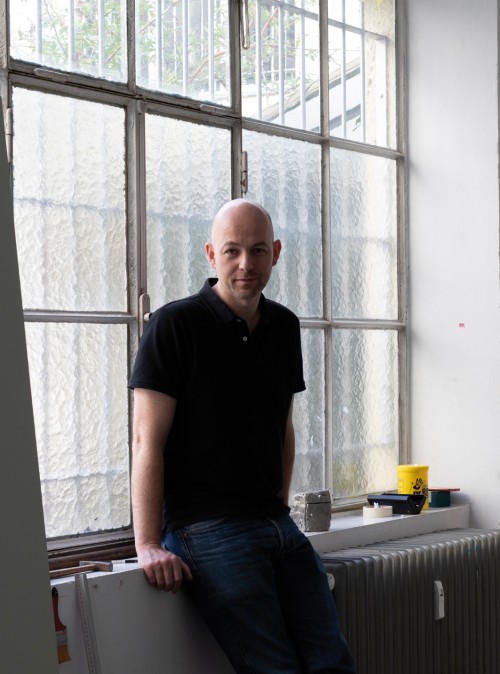
Benjamin Houlihan is a German painter, sculptor, and artist.
He studied at the Düsseldorf Academy of Art, where he is now a teacher. Since 2010, the artist has been transforming inconspicuous everyday objects, changing their material and size, into larger figures with a suggestive aura. In his wall paintings made with cottage cheese and food dyes, which Houlihan applies with his tongue, he also touches on the theme of painting.

Benjamin Houlihan is a German painter, sculptor, and artist.
He studied at the Düsseldorf Academy of Art, where he is now a teacher. Since 2010, the artist has been transforming inconspicuous everyday objects, changing their material and size, into larger figures with a suggestive aura. In his wall paintings made with cottage cheese and food dyes, which Houlihan applies with his tongue, he also touches on the theme of painting.

Damien Hirst is a seminal figure in contemporary art, well-known for his provocative and often controversial works that explore themes of death, rebirth, and the boundaries of art itself. As a leading member of the Young British Artists (YBAs) in the 1990s, Hirst catapulted to fame with his innovative approach to art that combines the techniques of installation, sculpture, and painting.
Damien Hirst's early career was marked by his organization of the pivotal "Freeze" exhibition in 1988, showcasing his and his peers' work, which caught the attention of influential art collectors. This period laid the groundwork for his signature works, including the 'Natural History' series, where animals such as sharks, sheep, and cows are preserved in formaldehyde, challenging viewers to confront the nature of existence and the inevitability of death.
Among Damien Hirst's most iconic pieces is "The Physical Impossibility of Death in the Mind of Someone Living," featuring a tiger shark suspended in formaldehyde, and "For the Love of God," a platinum cast of an 18th-century human skull encrusted with 8,601 flawless diamonds. These works exemplify Hirst's exploration of mortality and the commodification of art.
Damien Hirst's 'Spot Paintings' and 'Spin Paintings' further demonstrate his challenge to traditional notions of authorship and the creative process, often involving teams of assistants in their production. These series play with concepts of randomness, control, and the aesthetic joys of color and form, pushing the boundaries of painting as a medium.
In 2017, Hirst embarked on "Treasures from the Wreck of the Unbelievable," an ambitious project that filled Venetian museums with artifacts from a fictional ancient shipwreck. This project, blending reality and fiction, invited audiences to question the authenticity and value of art, showcasing Hirst's ongoing interest in storytelling and myth-making within the context of contemporary culture.
For collectors and experts in art and antiques, Damien Hirst represents a pivotal figure whose works challenge, provoke, and inspire. His ability to blur the lines between art, science, and commerce has left an indelible mark on the art world, making his pieces highly sought after by collectors around the globe.
Stay updated on Damien Hirst's latest projects, exhibitions, and sales by signing up for dedicated art newsletters. This subscription will ensure you're informed about new opportunities to engage with the work of one of the most influential artists of our time.

Yuji Takeoka is a Japanese and German sculptor who lives and works in Düsseldorf.
He studied sculpture at Kyoto University of the Arts and at the Academy of Fine Arts Düsseldorf. Known for his "pedestal sculptures," Yuji Takeoka creates elaborate sculptures that emphasize the relationship between the object and the outside world. At the conceptual level of his work, Takeoka creates unique drawings called "Plans.
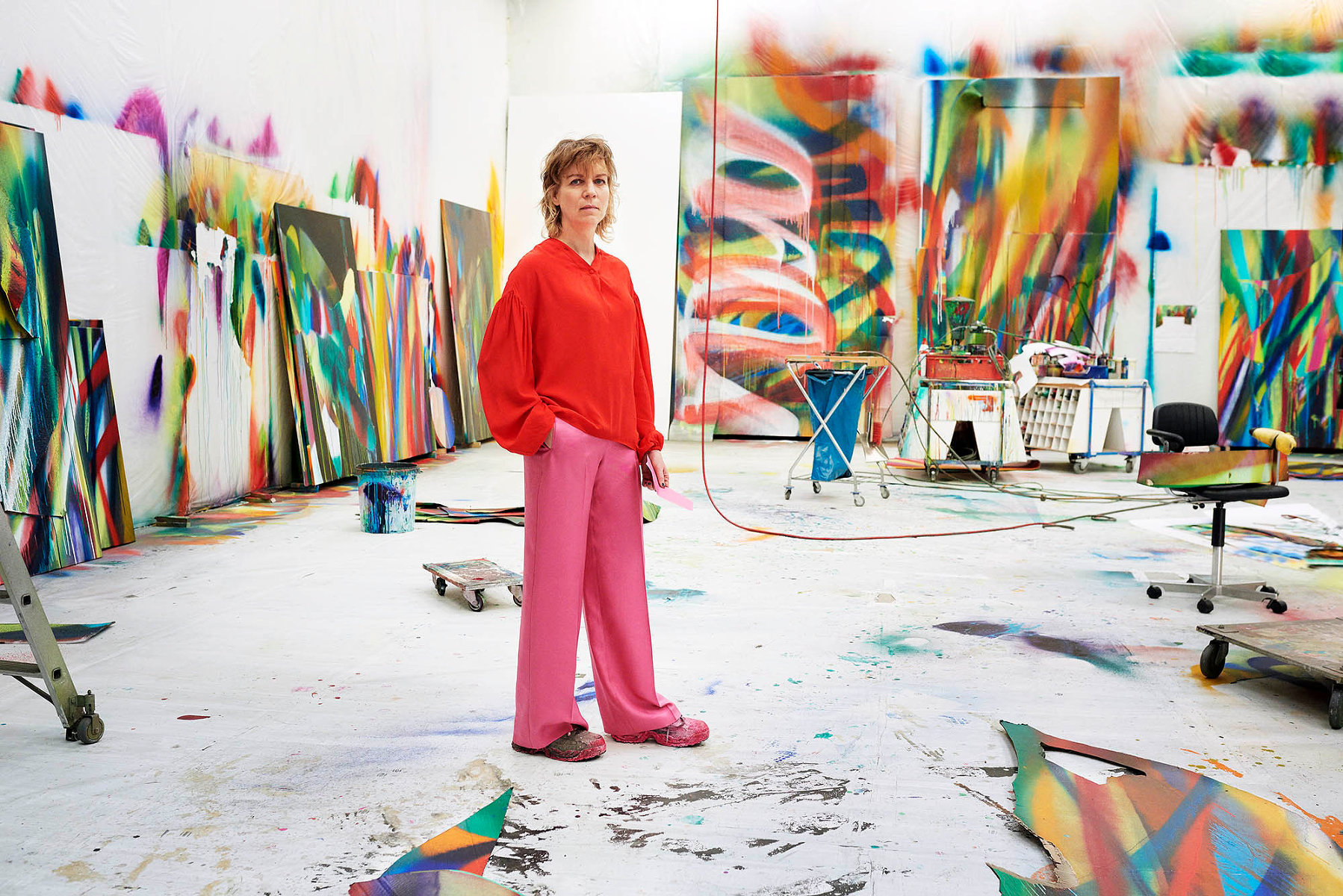
Katharina Grosse is a German artist. As an artist, Grosse's work employs a use of architecture, sculpture and painting. She is known for her large-scale, site-related installations to create immersive visual experiences. She has been using an industrial paint-sprayer to apply prismatic swaths of color to a variety of surfaces since the late 1990s, and often uses bright, unmixed sprayed-on acrylic paints to create both large-scale sculptural elements and smaller wall works.

Yuji Takeoka is a Japanese and German sculptor who lives and works in Düsseldorf.
He studied sculpture at Kyoto University of the Arts and at the Academy of Fine Arts Düsseldorf. Known for his "pedestal sculptures," Yuji Takeoka creates elaborate sculptures that emphasize the relationship between the object and the outside world. At the conceptual level of his work, Takeoka creates unique drawings called "Plans.
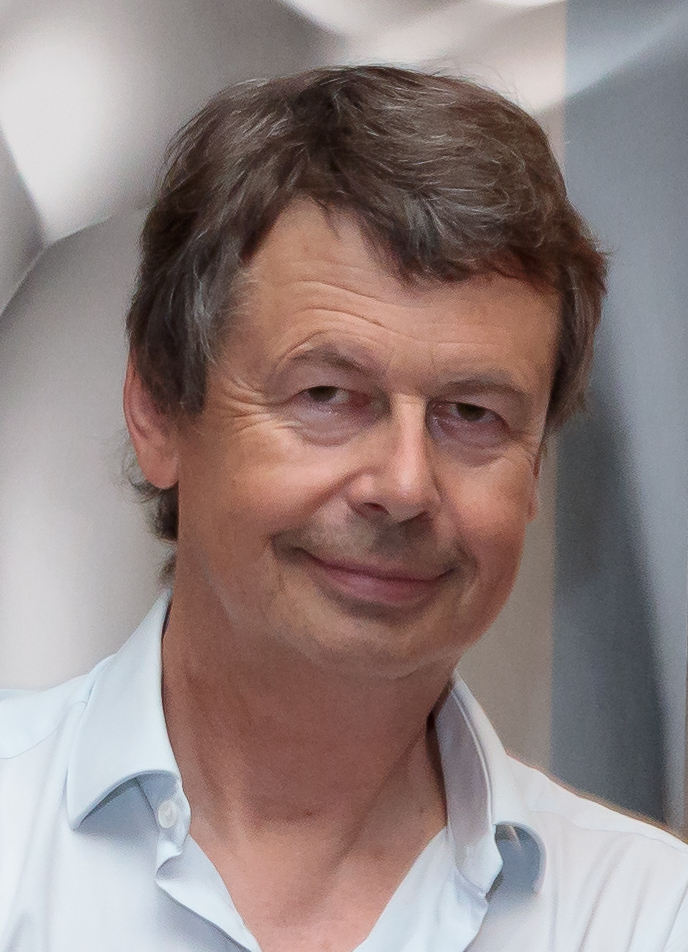
Peter Kogler is an Austrian artist who creates illusionary spaces.
He studied at the Academy of Fine Arts in Vienna and teaches at the Academy of Fine Arts in Munich.
Peter Kogler is a pioneering artist in the field of computer art. Using cutting-edge technology, the artist uses a series of repeating motifs materialized in various forms: two- and three-dimensional prints, sculptures, furniture, wallpaper, lighting fixtures, collages and other installations.
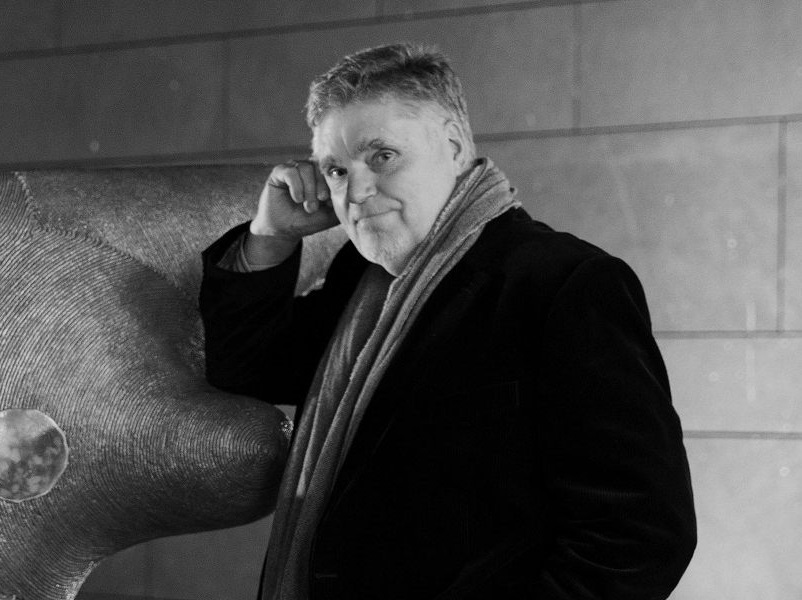
Markus Oehlen is a German artist and musician.
Markus Oehlen graduated from the Düsseldorf Academy of Fine Arts, where his mentor was Alfonso Hüppi. Oehlen was one of the main members of the German "New Wilde" (Neue Wilde) art movement, which flourished in the 1980s and was characterized by the use of punk style elements in opposition to the then prevalent minimalism.
Oelen is constantly refining the technique of his paintings and also working in parallel on sculptures and musical projects. His new works are increasingly influenced by the perceptual experiments of op-art with their interference of printed images, which emerge as lattice patterns from below and above the image layers. Alongside forms oriented towards a computer aesthetic, this brings elements of the avant-garde into his images. By rearranging the individual compositional elements of the canvas, Oelen creates surrealist still lifes, playing with the notion of chance and suggesting bizarre narratives.
Markus Oehlen has been a professor at the Academy of Fine Arts in Munich since 2002.


